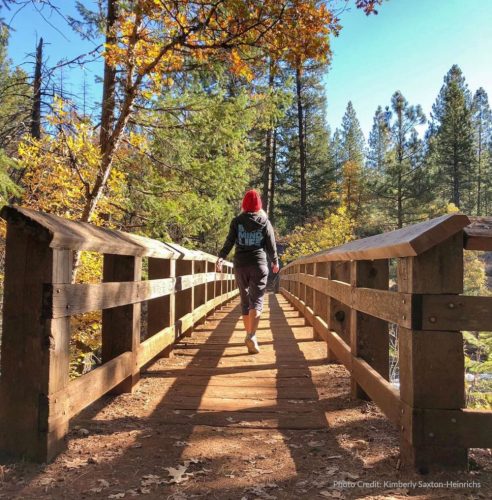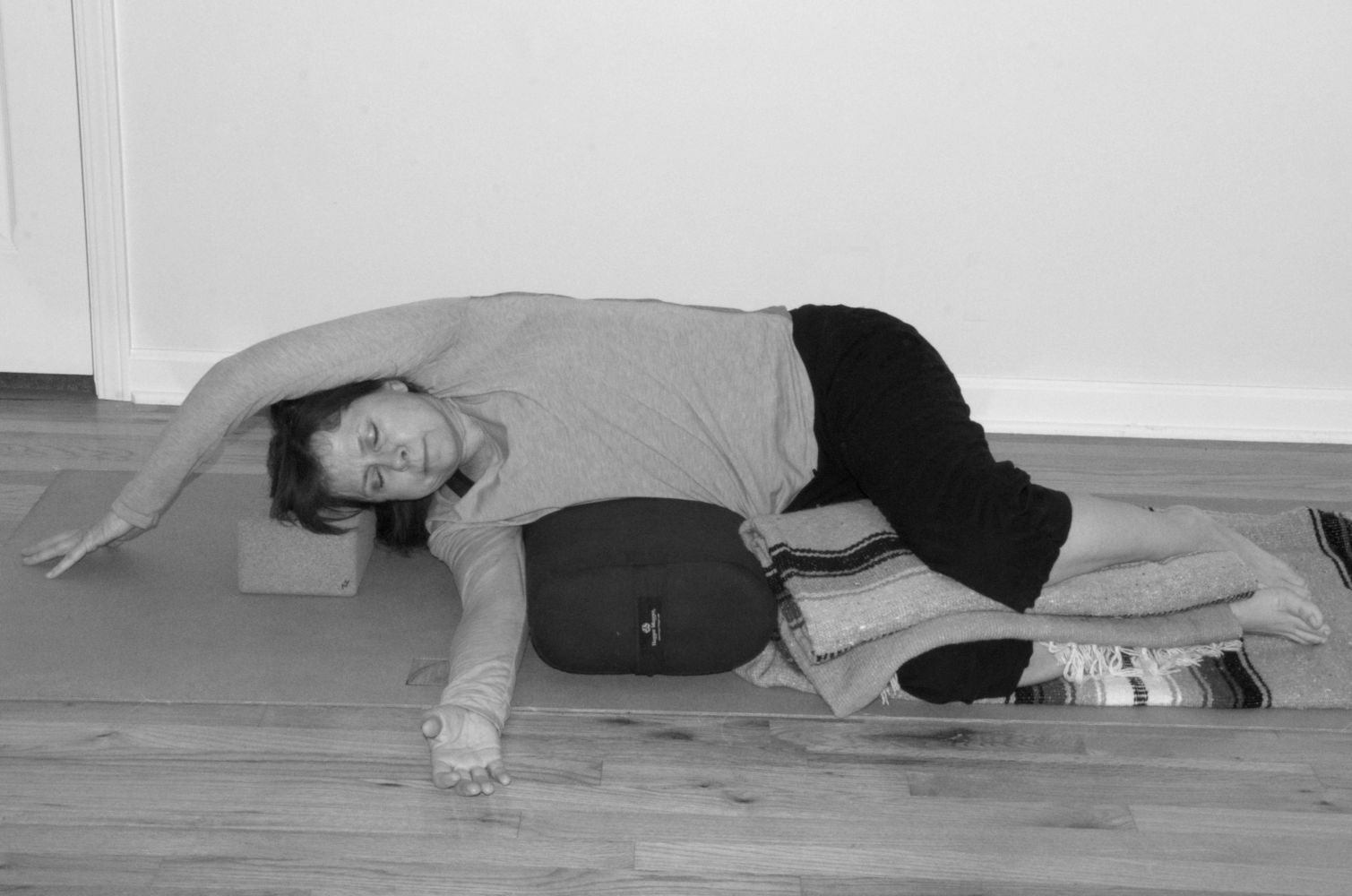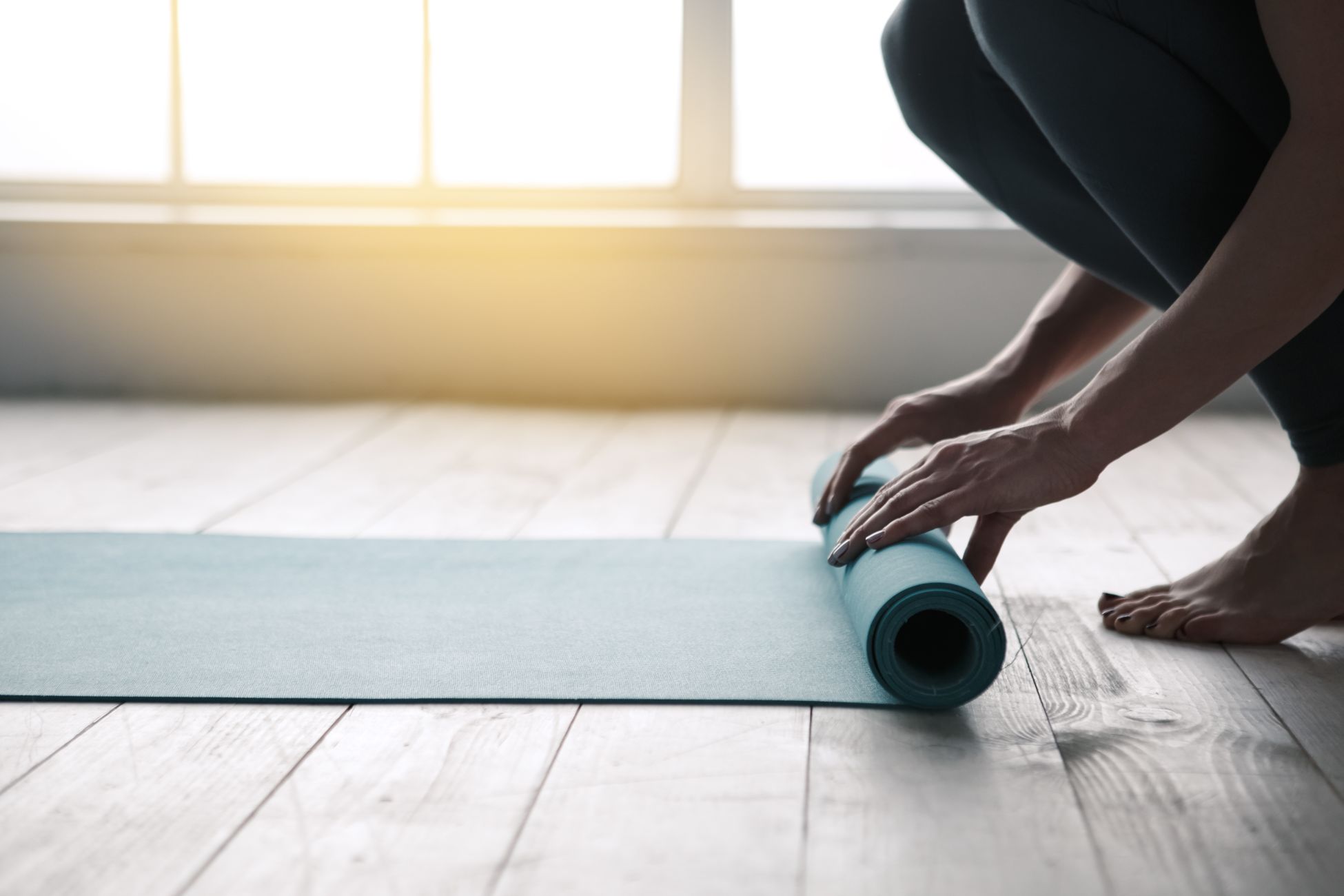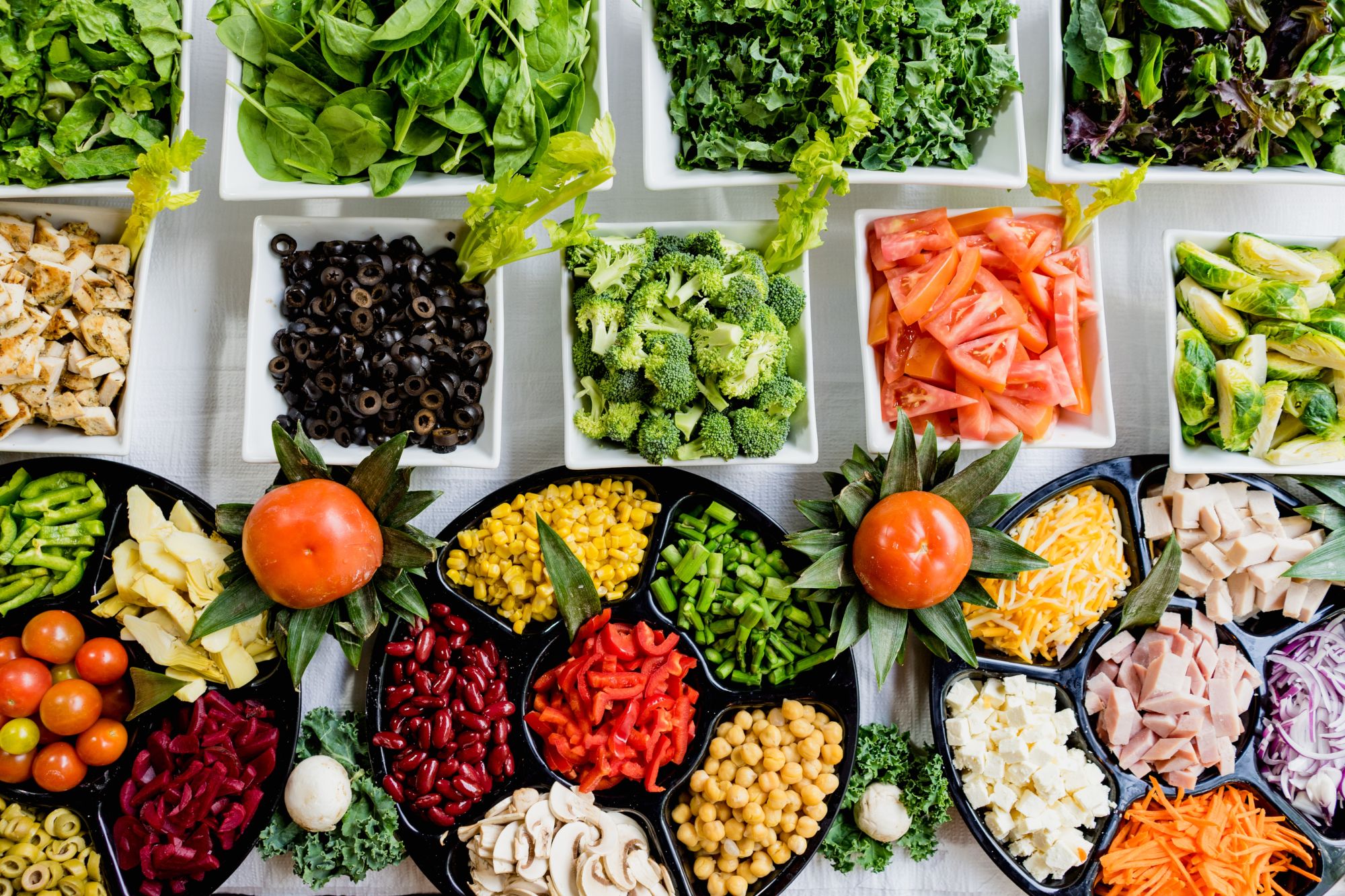Last year, I developed a spinal nerve injury, which triggered sciatica and kept me bedridden. My injury was so debilitating that I had to relearn how to walk. To recover from my injury, I walked mindfully, focusing on using muscles that seemed to have forgotten how to function. It took time, but I have since recovered. I still practice walking with a new technique that stabilizes my spine. If you learn this technique, you can develop core strength, stability, and buttock strength by walking just 100 steps a day.
The three buttock muscles that stabilize and support the low back are gluteus maximus, gluteus medius, and gluteus minimus. As Yoga International contributor Doug Keller points out, the gluteal muscles are vitally important for the health of not only the lumbar spine, but also the health of the sacrum, hips, and knees. These muscles are meant to be engaged when you walk, but, often, postural imbalances or muscle tightness may prevent you from effectively using your buttocks. To practice engaging these muscles, you must first be able to find them.
Step 1
Start with finding the larger of the buttock muscles: the gluteus maximus. Place your right hand on the back mound of your right buttock. Take a short step forward with your right foot and as your left foot steps forward, push through the ball of your right foot, feeling your right buttock muscle firm. The muscle that firms is the gluteus maximus. As you push through the ball of the right foot, you will feel like you are gliding forward. Take a few short steps, identify where the gluteus maximus is again and at what point during your stride you feel the muscle engaging. Change to the other side, bringing your left hand to your left buttock.
When you engage the gluteus maximus, the low back naturally tends to arch. To keep your lumbar spine neutral and prevent overarching, firm your abdominal muscles. At first, you may need to walk hinged forward from your hips with your chin tucked close to your chest
Step 2
Now find your outer buttock muscles: the gluteus minimus and gluteus medius. We will consider these outer muscles together because they are hard to separate individually. Place your right hand on your outer right buttock. Take a short step forward on your right foot. Land on your heel and roll along the outer foot to the toe. As you land on your right heel, you will feel the outer buttock firm. These outer glute muscles are smaller than the gluteus maximus so you may need to use your index and middle finger to lightly press into the outer buttock to feel the muscle firm. If you still have difficulty finding the outer glutes, you can try circling your right hip to the right in a clockwise motion. The right knee should not move, but the outer glute muscles will engage. Repeat this on your left side.
When you begin, try walking just 10 steps while engaging your gluteus maximus. Then walk 10 steps engaging your outer glutes. Walk slowly, keeping your stride short, about a foot to a foot and a half forward with each step. Build up to 100 steps. As you continue to practice, you will begin to build noticeable strength in your glutes and core. You will also build sensitivity when those muscles fire up and you will no longer need to use your hands to find the muscles! Walking is one of the most effective and simple ways to stay healthy. If you learn this technique, you will build stability for your hips, sacrum, lower back, and knees.














